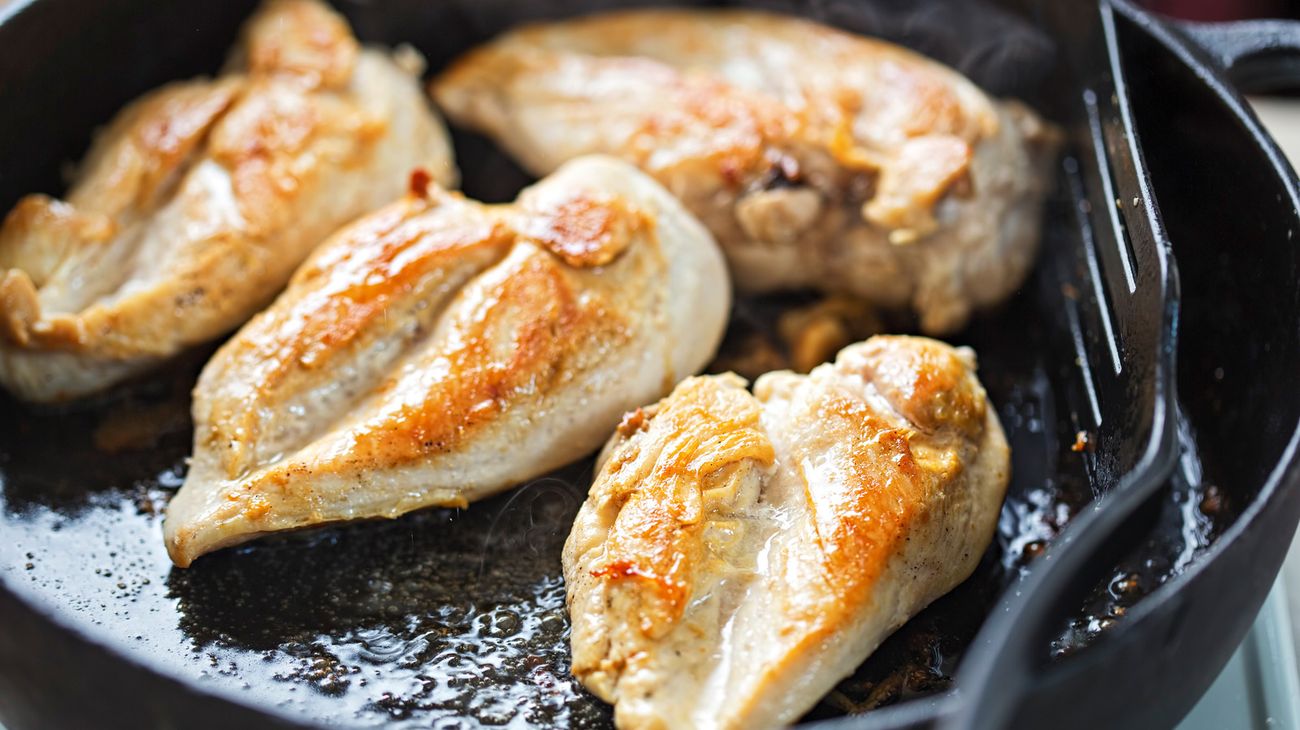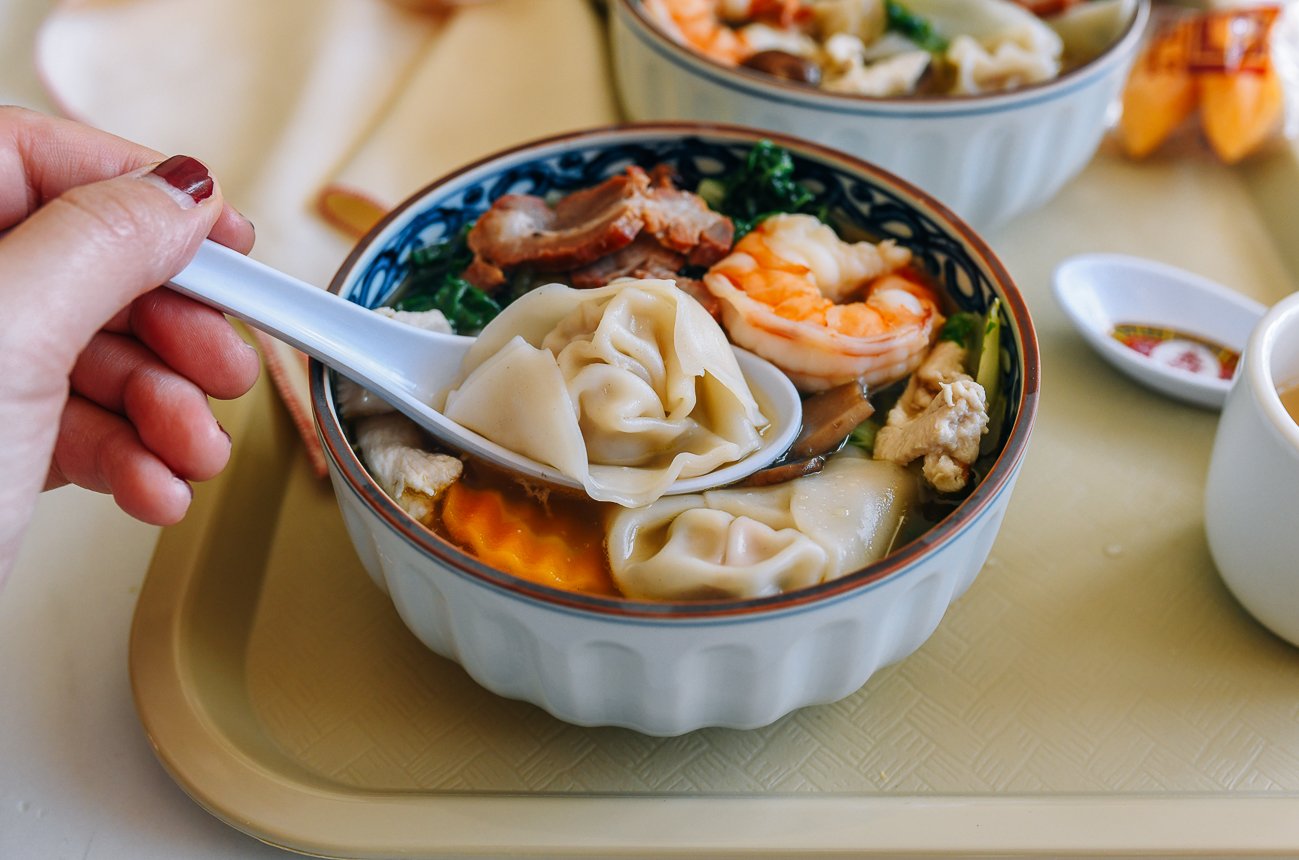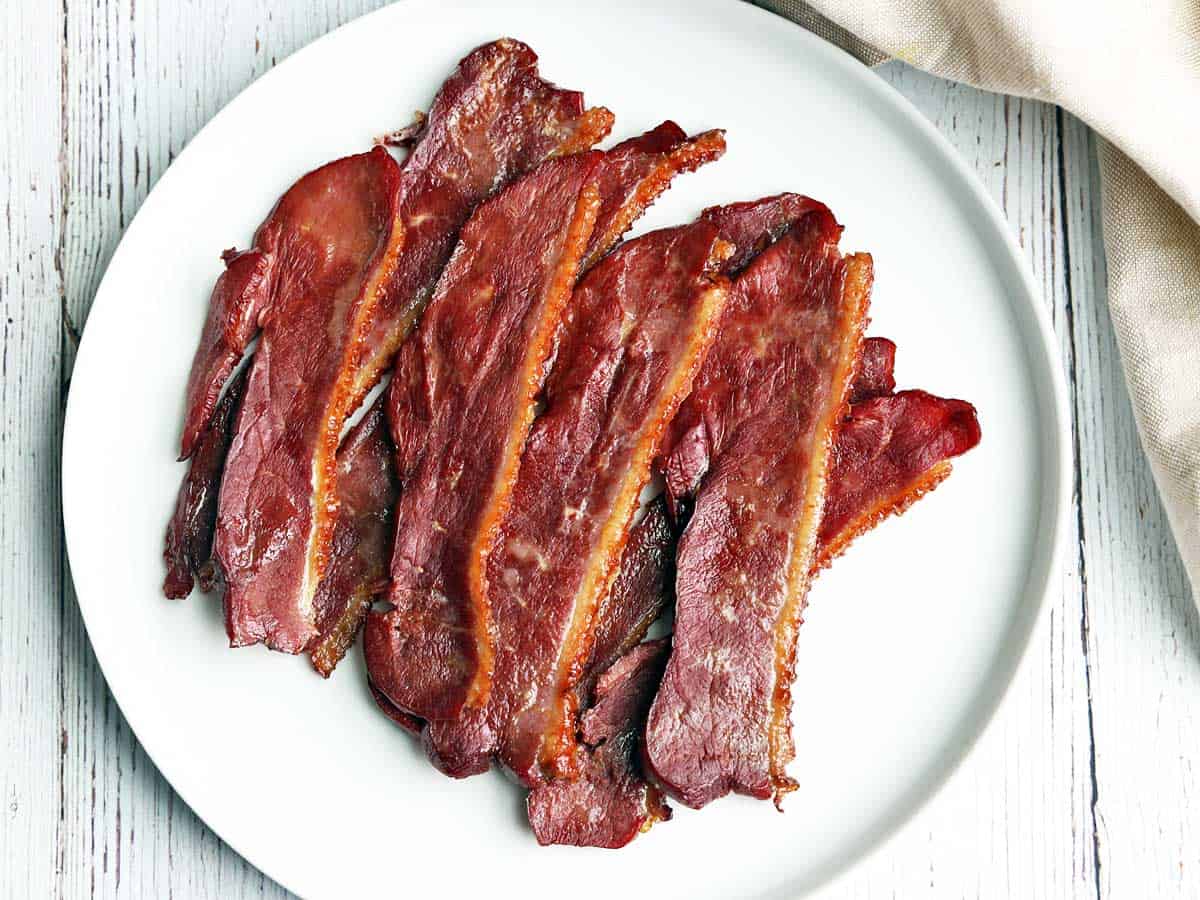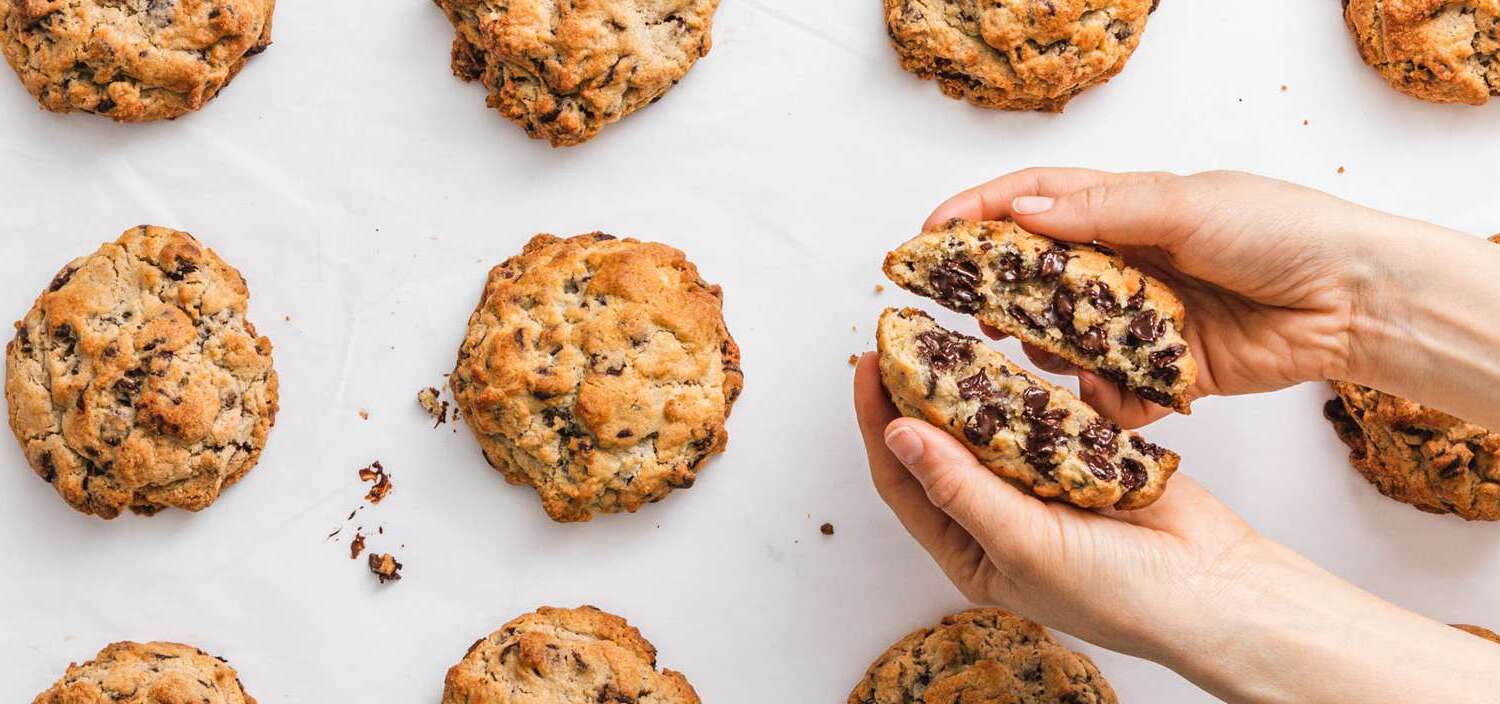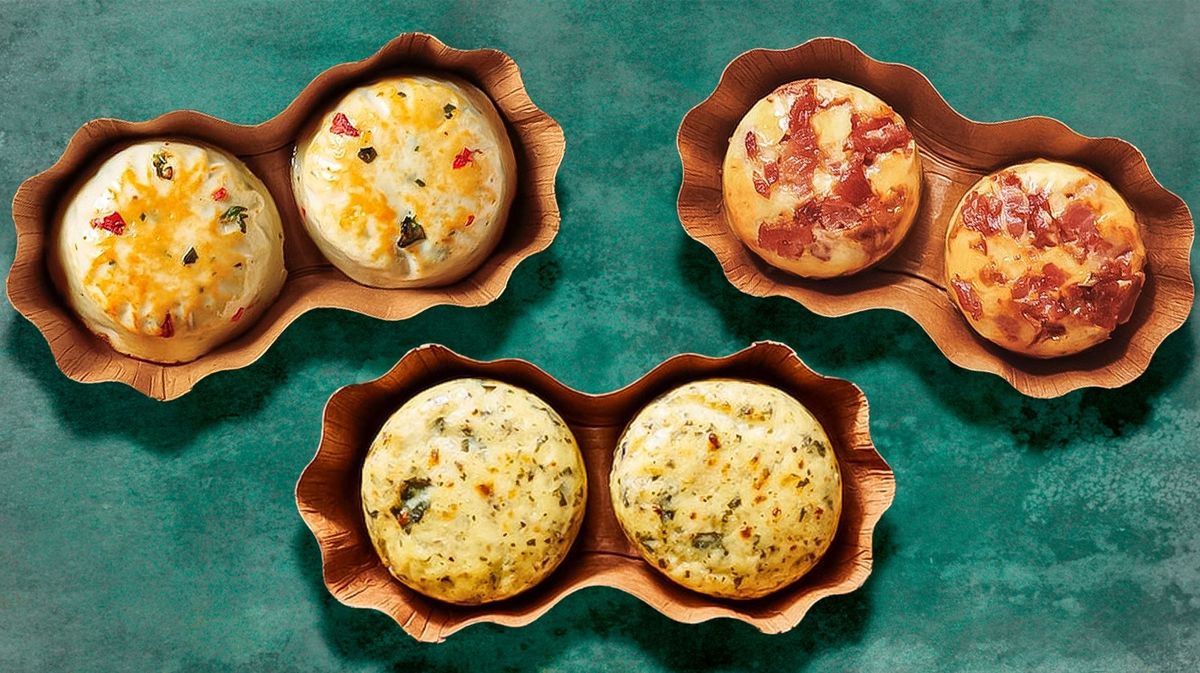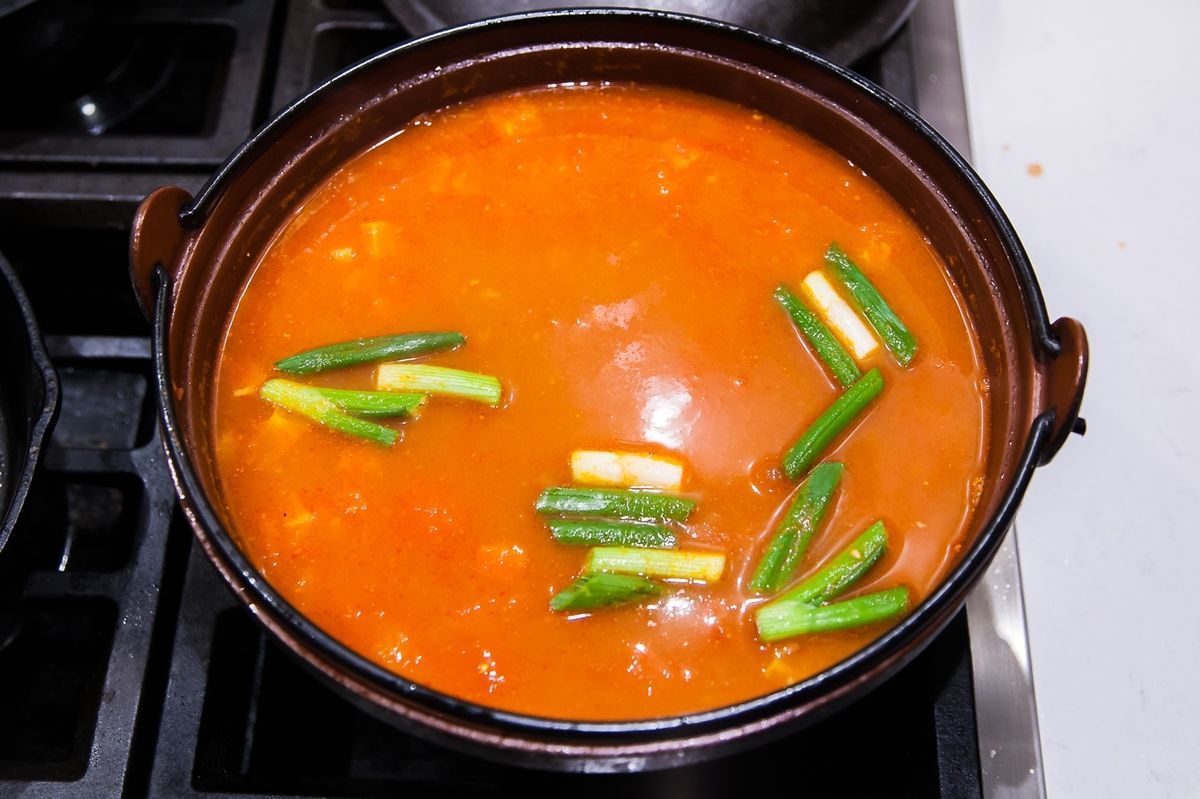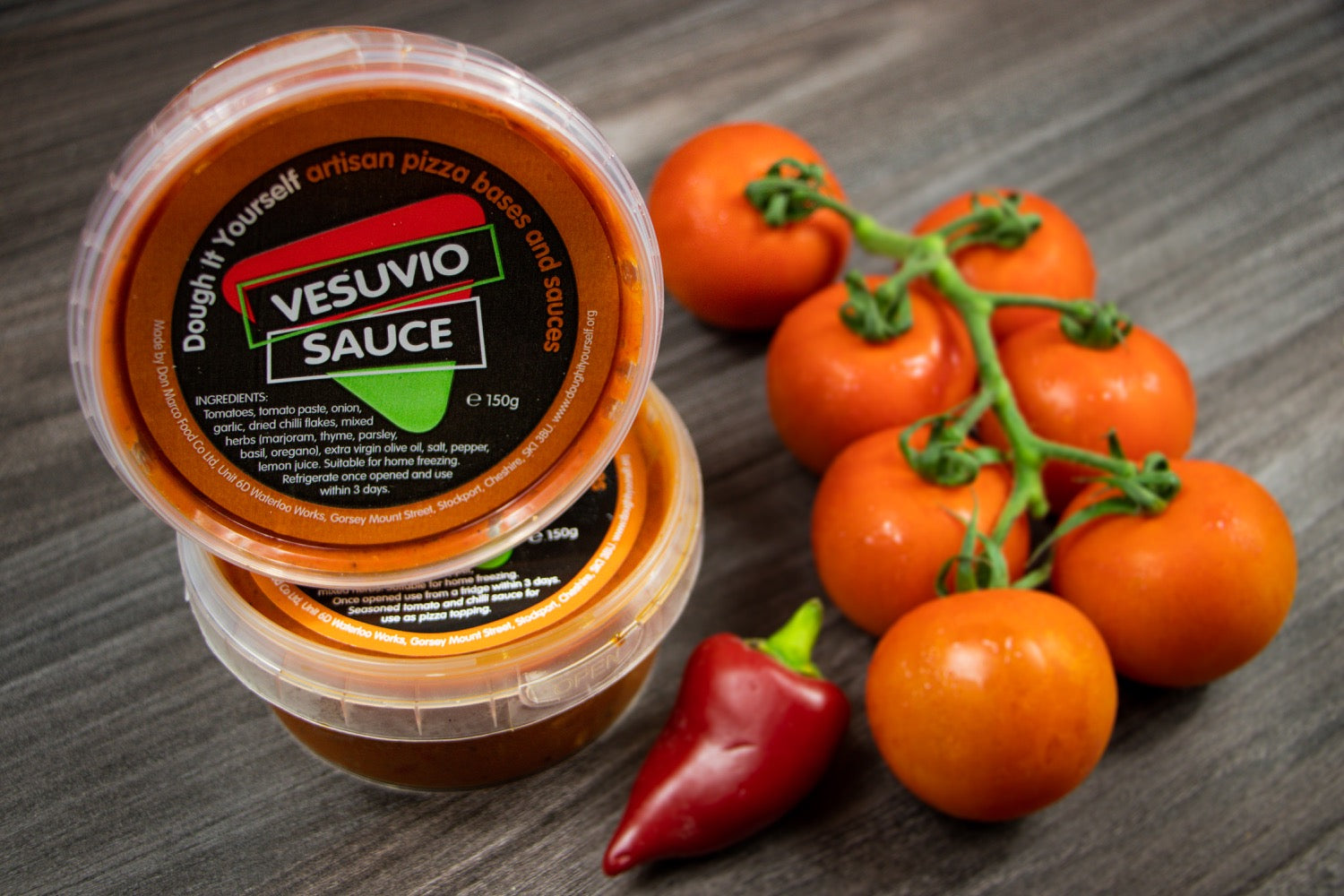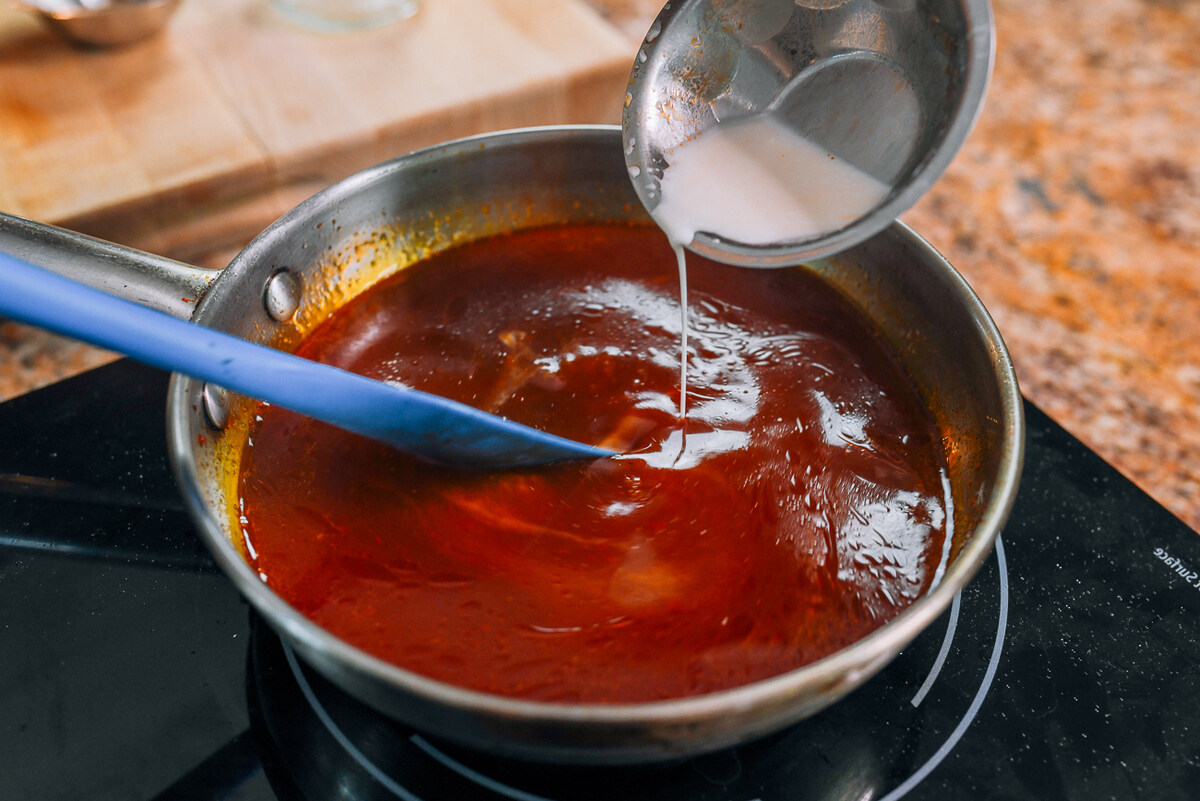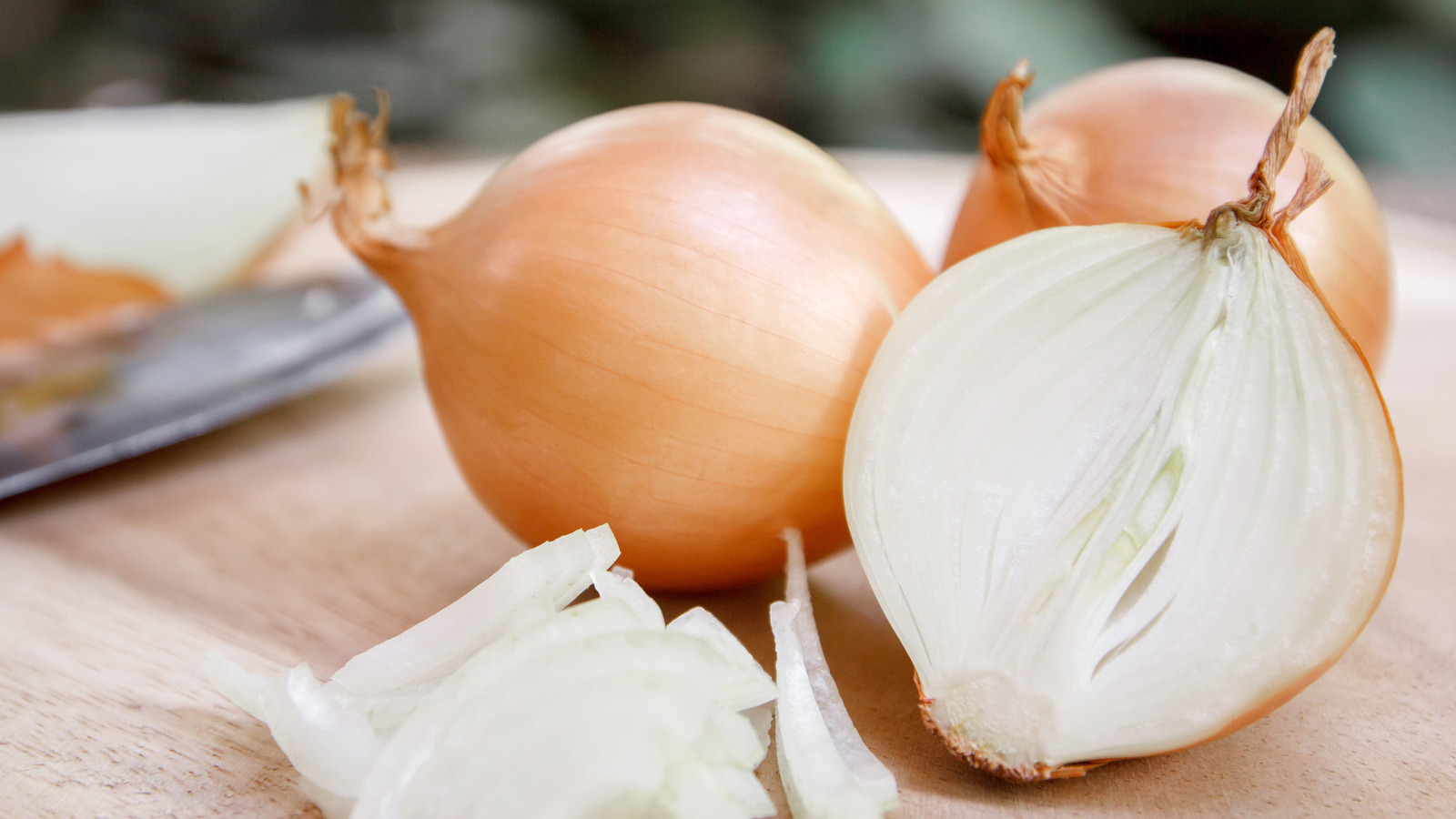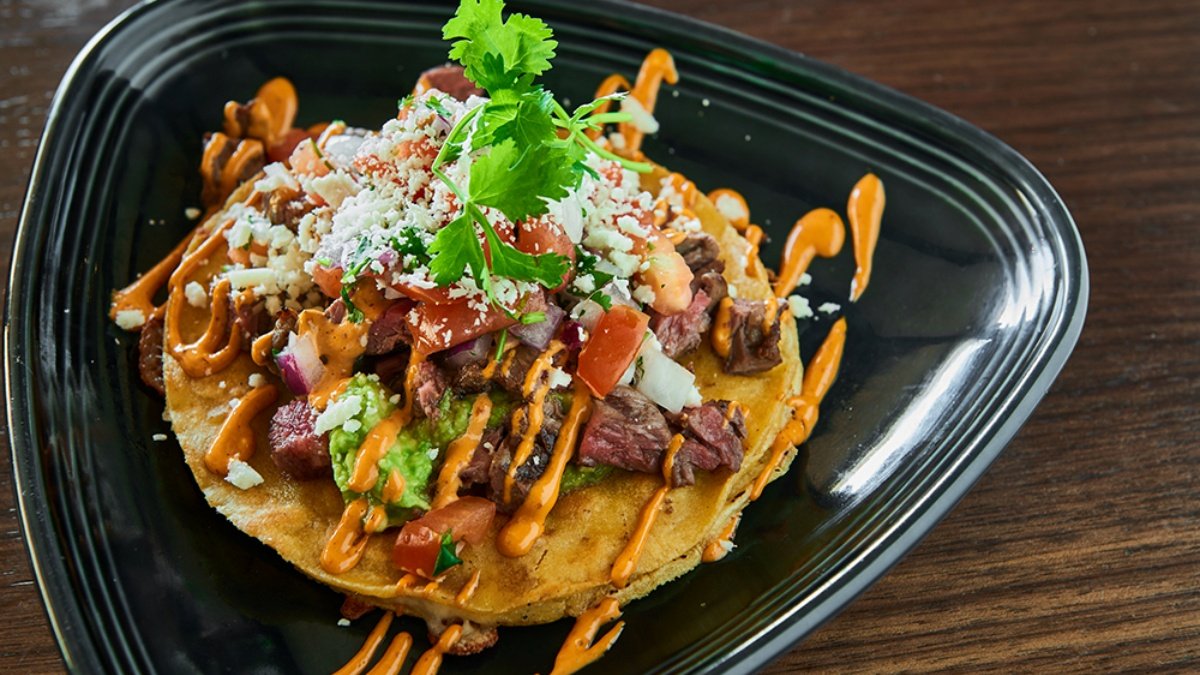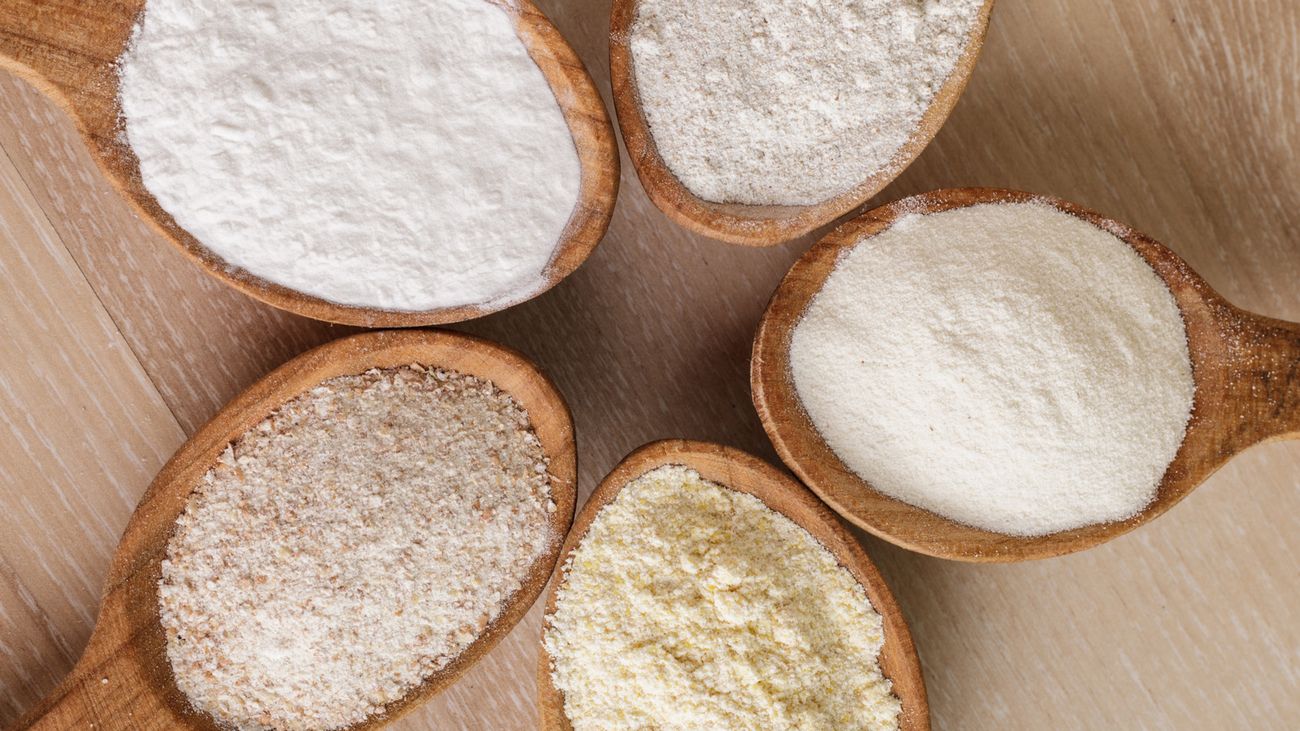Understanding Whisking in Baking
When it comes to baking, there are many techniques and methods that are essential for achieving the perfect results. One such technique is whisking, which plays a crucial role in creating light and airy batters, smooth sauces, and fluffy whipped cream. In this article, we will explore the art of whisking in baking and how it contributes to the success of various recipes.
What is Whisking?
Whisking is a culinary technique that involves vigorously mixing ingredients together using a whisk. A whisk is a kitchen tool with a handle and several wire loops that are used to blend, aerate, and emulsify ingredients. In baking, whisking is commonly used to incorporate air into batters, mix dry ingredients, and create smooth, lump-free mixtures.
The Importance of Whisking in Baking
Whisking plays a crucial role in baking for several reasons:
- Aerating Ingredients: Whisking helps to incorporate air into batters, which is essential for creating light and fluffy textures in cakes, muffins, and pancakes.
- Emulsifying Ingredients: Whisking is used to create emulsions, such as combining oil and vinegar to make a smooth salad dressing.
- Mixing Dry Ingredients: Whisking is an effective way to evenly distribute dry ingredients such as flour, baking powder, and spices.
- Creating Smooth Sauces: Whisking is essential for creating lump-free and smooth sauces, gravies, and custards.
Types of Whisks
There are several types of whisks designed for specific purposes in baking:
- Balloon Whisk: This whisk has a round, bulbous shape and is ideal for incorporating air into batters and whipping cream.
- Flat Whisk: Also known as a roux whisk, this whisk is designed for making smooth sauces and gravies in shallow pans.
- French Whisk: This whisk has a narrow shape and is suitable for tasks such as whisking eggs and emulsifying vinaigrettes.
Techniques for Whisking
When whisking in baking, it’s important to use the right technique to achieve the desired results:
- Whisking in a Circular Motion: This technique is used to incorporate air into batters and whipped cream. The whisk should move in a circular motion, gradually increasing in speed.
- Whisking in a Figure-8 Motion: When mixing dry ingredients or emulsifying sauces, a figure-8 motion can help evenly distribute the ingredients and create a smooth mixture.
- Whisking Vigorously: For tasks that require aeration, such as whipping egg whites, vigorous whisking is necessary to achieve stiff peaks.
Conclusion
Whisking is a fundamental technique in baking that contributes to the success of various recipes. Whether you’re creating light and airy cakes or smooth and creamy sauces, mastering the art of whisking is essential for achieving delicious results in the kitchen.
Next time you’re baking, pay close attention to the whisking process and appreciate the role it plays in creating delightful treats for you and your loved ones.
